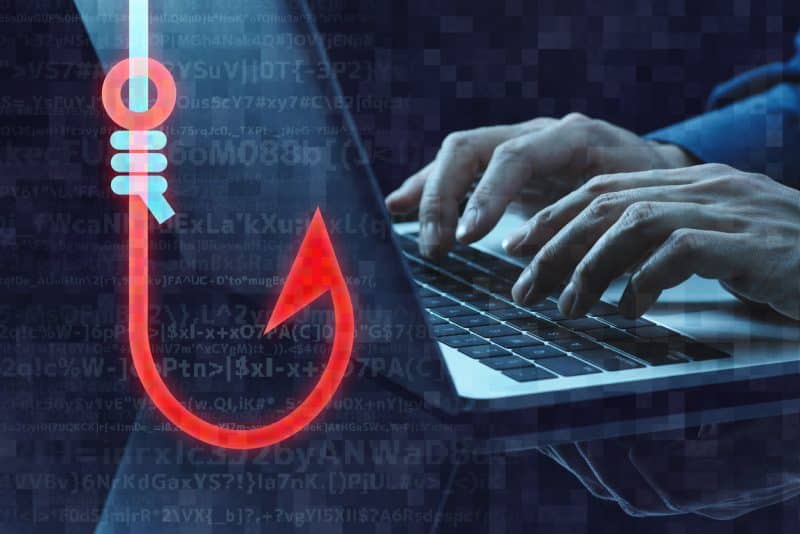Cybersecurity researchers are calling attention to a new QR code phishing campaign that leverages Microsoft Sway infrastructure to host fake pages
Cybersecurity researchers are calling attention to a new QR code phishing (aka quishing) campaign that leverages Microsoft Sway infrastructure to host fake pages, once again highlighting the abuse of legitimate cloud offerings for malicious purposes.
“By using legitimate cloud applications, attackers provide credibility to victims, helping them to trust the content it serves,” Netskope Threat Labs researcher Jan Michael Alcantara said.
“Additionally, a victim uses their Microsoft 365 account that they’re already logged-into when they open a Sway page, that can help persuade them about its legitimacy as well. Sway can also be shared through either a link (URL link or visual link) or embedded on a website using an iframe.”
The attacks have primarily singled out users in Asia and North America, with technology, manufacturing, and finance sectors being the most sought-after sectors.
Microsoft Sway is a cloud-based tool for creating newsletters, presentations, and documentation. It is part of the Microsoft 365 family of products since 2015.
The cybersecurity firm said it observed a 2,000-fold increase in traffic to unique Microsoft Sway phishing pages starting July 2024 with the ultimate goal of stealing users’ Microsoft 365 credentials. This is achieved by serving bogus QR codes hosted on Sway that, when scanned, redirect the users to phishing websites.
In a further attempt to evade static analysis efforts, some of these quishing campaigns have been observed to use Cloudflare Turnstile as a way to hide the domains from static URL scanners.
The activity is also notable for leveraging adversary-in-the-middle (AitM) phishing tactics – i.e., transparent phishing – to siphon credentials and two-factor authentication (2FA) codes using lookalike login pages, while simultaneously attempting to log the victim into the service.
“Using QR codes to redirect victims to phishing websites poses some challenges to defenders,” Michael Alcantara said. “Since the URL is embedded inside an image, email scanners that can only scan text-based content can get bypassed.“
“Additionally, when a user gets sent a QR code, they may use another device, such as their mobile phone, to scan the code. Since the security measures implemented on mobile devices, particularly personal cell phones, are typically not as stringent as laptops and desktops, victims are then often more vulnerable to abuse.“
This is not the first time phishing attacks have abused Microsoft Sway. In April 2020, Group-IB detailed a campaign dubbed PerSwaysion that successfully compromised corporate email accounts of at least 156 high-ranking officers at various firms based in Germany, the U.K., the Netherlands, Hong Kong, and Singapore by using Sway as the jumping board to redirect victims to credential harvesting sites.
The development comes as quishing campaigns are getting more sophisticated as security vendors develop countermeasures to detect and block such image-based threats.
“In a clever twist, attackers have now begun crafting QR codes using Unicode text characters instead of images,” SlashNext CTO J. Stephen Kowski said. “This new technique, which we’re calling ‘Unicode QR Code Phishing,’ presents a significant challenge to conventional security measures.”
What makes the attack particularly dangerous is the fact that it entirely bypasses detections designed to scan for suspicious images, given they are composed entirely of text characters.
Furthermore, the Unicode QR codes can be rendered perfectly on screens sans any issue and look markedly different when viewed in plain text, further complicating detection efforts.
How Phishing Attacks Adapt Quickly to Capitalize on Current Events
Launch a Network with Restaked Security in Minutes: Tanssi and Symbiotic Set New Ethereum Standard
Oracle Cloud Infrastructure Expands NVIDIA GPU-Accelerated Instances for AI, Digital Twins and More
O Crypto ID conecta tecnologia, regulação voltada à segurança da informação com inteligência editorial porque acreditamos no poder da informação bem posicionada para orientar decisões.
Conheça a coluna Cibersegurança.


Cadastre-se para receber o IDNews e acompanhe o melhor conteúdo do Brasil sobre Identificação Digital! Aqui!






























